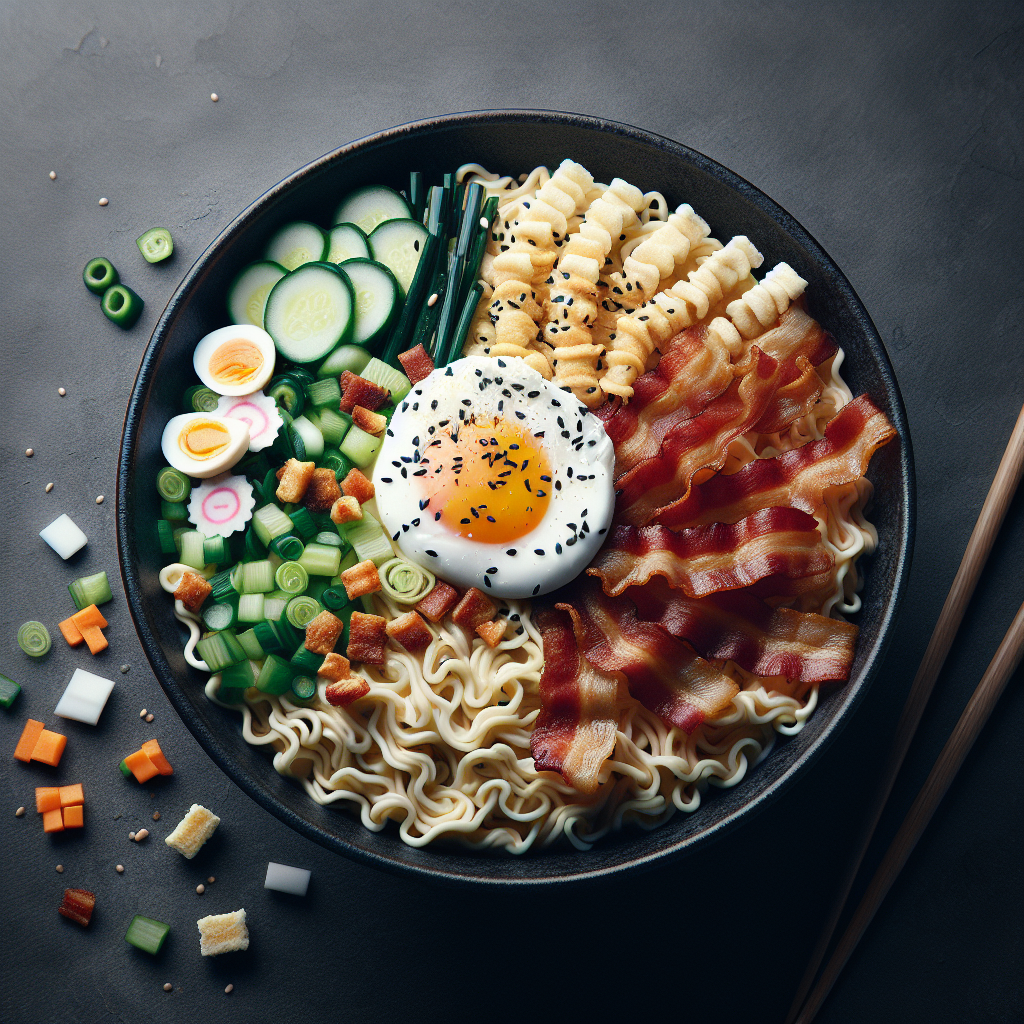Looking to add some excitement to your ramen noodle experience? Look no further! In this article, we explore creative ways to enhance the flavor of your favorite noodle dish. From unique toppings to alternative cooking methods, we’ve got you covered.
Discover the possibilities of adding fresh parmesan cheese, red pepper flakes, and other spices to take your ramen to the next level. Plus, we’ll address common questions like whether ramen noodles are fat-free, vegan-friendly without the seasoning, and if they can potentially cause weight gain.
So, grab a bowl of ramen and get ready to elevate your culinary game!
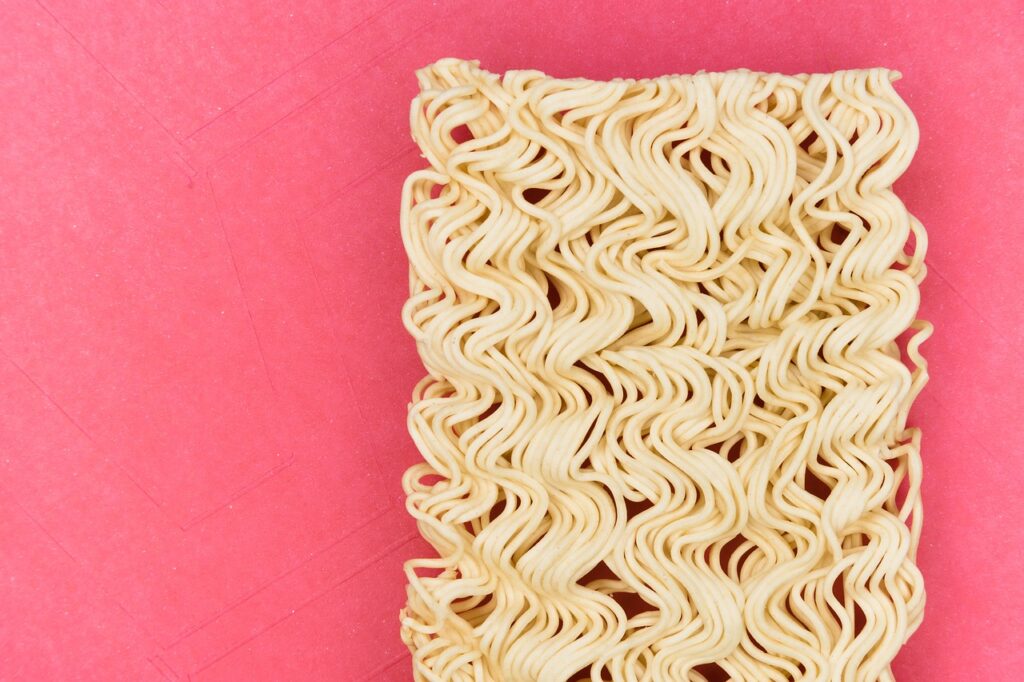
This image is property of pixabay.com.
Ramen Noodle Toppings
Ideas for Ramen Noodle Toppings
When it comes to topping your ramen noodles, the possibilities are endless! Adding toppings can take your bowl of noodles from ordinary to extraordinary, adding texture, flavor, and visual appeal.
Some popular topping options include sliced green onions, seaweed, soft-boiled eggs, bamboo shoots, mushrooms, and nori. You can also get creative with your toppings by adding crispy bacon, roasted corn, or even shredded cheese.
Don’t be afraid to experiment and find your favorite combination of toppings to take your ramen noodles to the next level.
Enjoy my favorite ramen noodles, get access below….
The Benefits of Adding Toppings to Ramen Noodles
Adding toppings to your ramen noodles is not just about enhancing the flavor and appearance of your meal, but it also adds nutritional value. Many toppings, such as vegetables and protein, can contribute to a well-balanced and nutritious meal.
For example, adding sliced veggies like carrots, bell peppers, and spinach can provide essential vitamins and minerals. Toppings like boiled eggs or tofu can add a good amount of protein to your meal, making it more satisfying and fulfilling.
So don’t hesitate to load up your ramen bowl with delicious and nutritious toppings!
Cooking tips from Famous Chefs
Are ramen noodles fat-free?
Understanding the Nutritional Content of Ramen Noodles
Ramen noodles are a popular and convenient meal option, but are they fat-free? To answer this question, let’s take a closer look at the nutritional content of ramen noodles.
A typical serving of ramen noodles contains around 190–200 calories, with most of the calories coming from carbohydrates. However, when it comes to fat content, ramen noodles do contain some fat.
The fat content varies depending on the brand and flavor, but it is generally low, ranging from 2 to 6 grams per serving. So while ramen noodles are not completely fat-free, they are relatively low in fat.
The Fat Content of Ramen Noodles
The fat content in ramen noodles primarily comes from the noodle itself and any included seasoning packets. The noodles are typically fried or baked before being dried, which can contribute to the fat content.
Additionally, some seasoning packets may contain oil or other ingredients that add to the fat content. However, it’s important to note that the fat content in ramen noodles is relatively low compared to other types of noodles or processed foods.
It’s always a good idea to check the nutritional label of the specific brand and flavor of ramen noodles you’re considering to get a more accurate understanding of the fat content.
Are ramen noodles vegan without the seasoning?
Exploring the Ingredients of Ramen Noodles
If you’re following a vegan diet, you might be wondering if ramen noodles are safe to consume without the seasoning packet. The answer depends on the specific brand and flavor of ramen noodles you’re looking at.
While the noodles themselves are typically made from wheat flour, water, and salt, some brands may use eggs or other animal products in their recipe. It’s essential to read the ingredient list or look for certification labels to ensure that the ramen noodles are vegan-friendly.
If the ingredient list does not contain any animal products, the ramen noodles themselves can be considered vegan.
Cooking tips from Famous Chefs
The Vegan Options for Ramen Noodle Seasoning
The seasoning packet that comes with ramen noodles usually contains flavorings such as soy sauce, chicken or beef stock, or other animal-derived ingredients. However, there are vegan-friendly options available in the market.
Some brands offer vegan seasoning packets that are made without any animal products. Alternatively, you can try making your own seasoning using ingredients like miso paste, soy sauce, vegetable broth, or spices to create a flavorful vegan ramen experience.
The key is to read the labels carefully and choose seasoning options that align with your dietary preferences.
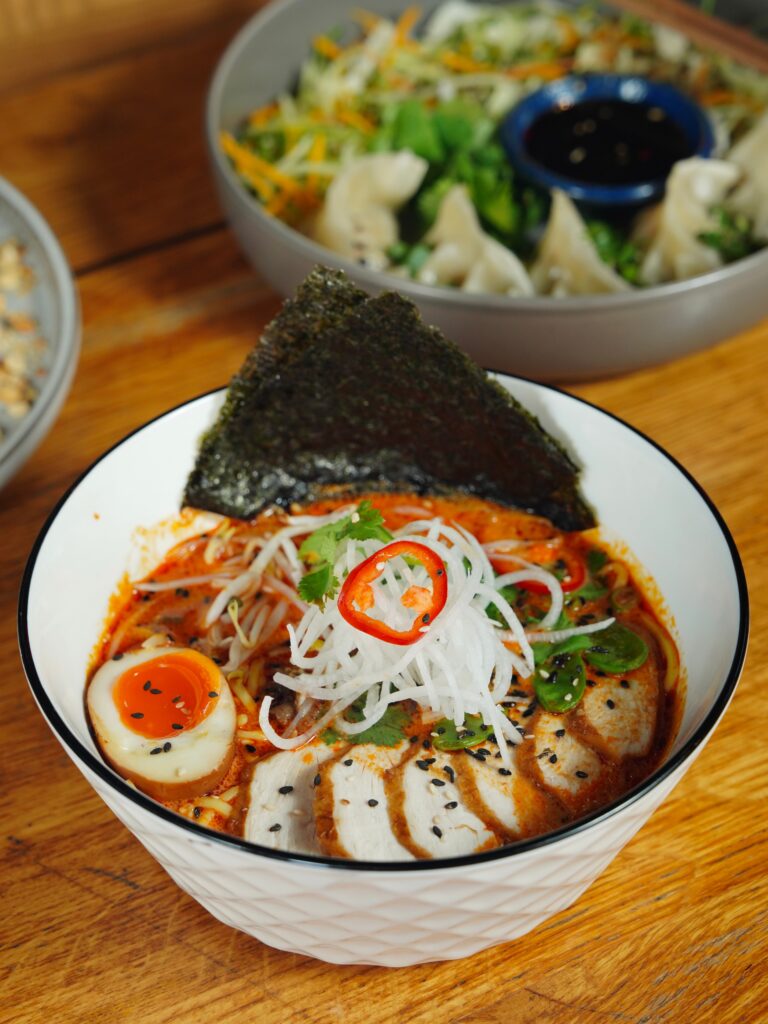
Can ramen noodles cause weight gain?
Factors Contributing to Weight Gain
While ramen noodles alone may not be the sole cause of weight gain, several factors can contribute to weight gain when consuming them regularly. One crucial factor is portion control.
Many ramen noodle servings contain multiple servings per package, and consuming the entire package in one sitting can lead to overeating and an excess intake of calories and carbohydrates.
Additionally, if you frequently top your ramen noodles with high-calorie and high-fat ingredients like fatty meats or fried toppings, it can further contribute to weight gain.
It’s important to be mindful of portion sizes and choose healthier toppings to manage your calorie intake.
Enjoy my favorite ramen noodles. Get access below…
The Role of Ramen Noodles in a Balanced Diet
When consumed in moderation and as part of a balanced diet, ramen noodles can be enjoyed without causing significant weight gain.
It’s important to incorporate other nutritious foods like vegetables, lean protein, and healthy fats alongside the noodles to create a well-balanced meal. Additionally, opting for lower-sodium options and avoiding excessive use of seasoning packets can help reduce the risk of weight gain.
It’s all about finding the right balance and making informed choices to maintain a healthy weight while still enjoying the deliciousness of ramen noodles.
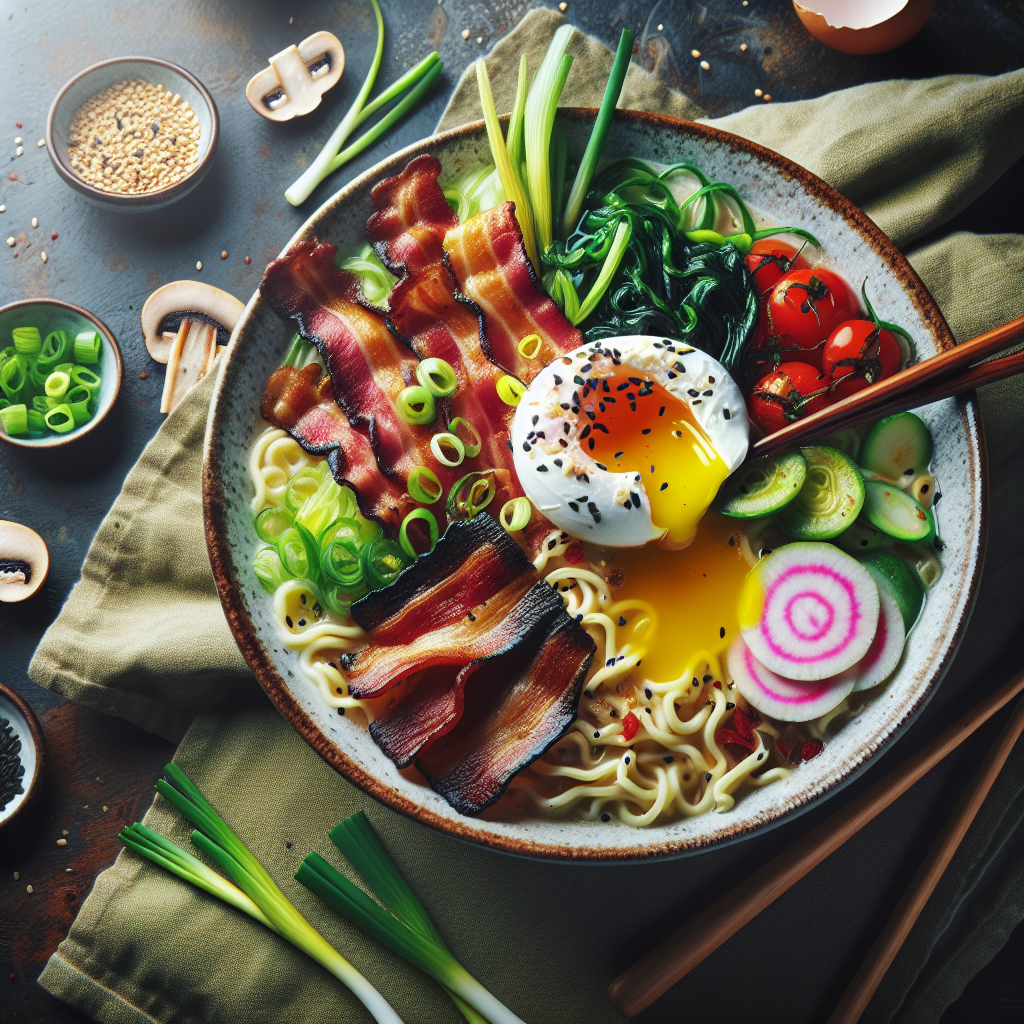
Can vegans eat ramen noodles?
Identifying Vegan-Friendly Ramen Noodle Brands
Good news for vegans! There are plenty of ramen noodle options that are vegan-friendly. Many brands now offer vegetarian or vegan options that do not contain any animal products.
Look for certifications like “Certified Vegan” or read the ingredient list to ensure that the noodles do not contain eggs or other animal-based ingredients. Some popular vegan ramen noodle brands include Nongshim Soon Veggie Noodle Soup, Dr. McDougall’s Right Foods Vegan Ramen, and Lotus Foods Rice Ramen.
By choosing these vegan-friendly brands, you can enjoy a comforting bowl of ramen noodles that aligns with your dietary preferences.
Creative Vegan Recipes Using Ramen Noodles
In addition to using vegan-friendly ramen noodle brands, there are countless creative ways to use ramen noodles in vegan recipes.
One popular option is to use ramen noodles as a base for stir-fries or noodle bowls. Sauté your favorite vegetables, tofu, or tempeh, and toss them with cooked ramen noodles for a quick and flavorful vegan meal.
You can also experiment with different sauces and seasonings to create unique flavor combinations. Another idea is to use ramen noodles in cold noodle salads by tossing them with fresh veggies, herbs, and a tangy dressing.
The possibilities are endless, and with a little creativity, vegans can enjoy delicious and satisfying ramen noodle dishes.
Can You Use Ramen Noodles for Stir-Fry?
Preparing Ramen Noodles for Stir Fry
Absolutely! Ramen noodles can be a great option for stir-fry dishes. To prepare ramen noodles for stir-fry, start by boiling them according to the package instructions until they are slightly undercooked, usually around 2–3 minutes.
Drain the noodles and rinse them with cold water to stop the cooking process and prevent them from sticking together. Afterward, you can add the partially cooked ramen noodles to your stir-fry dish and cook them along with the other ingredients.
The noodles will absorb the flavors of the sauce and vegetables, creating a delicious and satisfying stir-fry meal.
Delicious Stir-Fry Recipes Using Ramen Noodles
Now that you know how to prepare ramen noodles for stir-fry, it’s time to get creative with some delicious recipes. One popular option is a vegetable stir-fry with ramen noodles.
Sauté a mix of colorful vegetables like bell peppers, broccoli, carrots, and snap peas, along with your preferred protein (tofu, tempeh, or seitan), and toss in the cooked ramen noodles. Finish it off with a flavorful sauce made from soy sauce, ginger, garlic, and a splash of sesame oil.
Another tasty option is a spicy Thai-inspired stir-fry with ramen noodles, using ingredients like Thai chili paste, lime juice, and fresh herbs.
The versatility of ramen noodles makes them a perfect choice for stir-fry dishes, allowing you to explore endless flavor combinations.
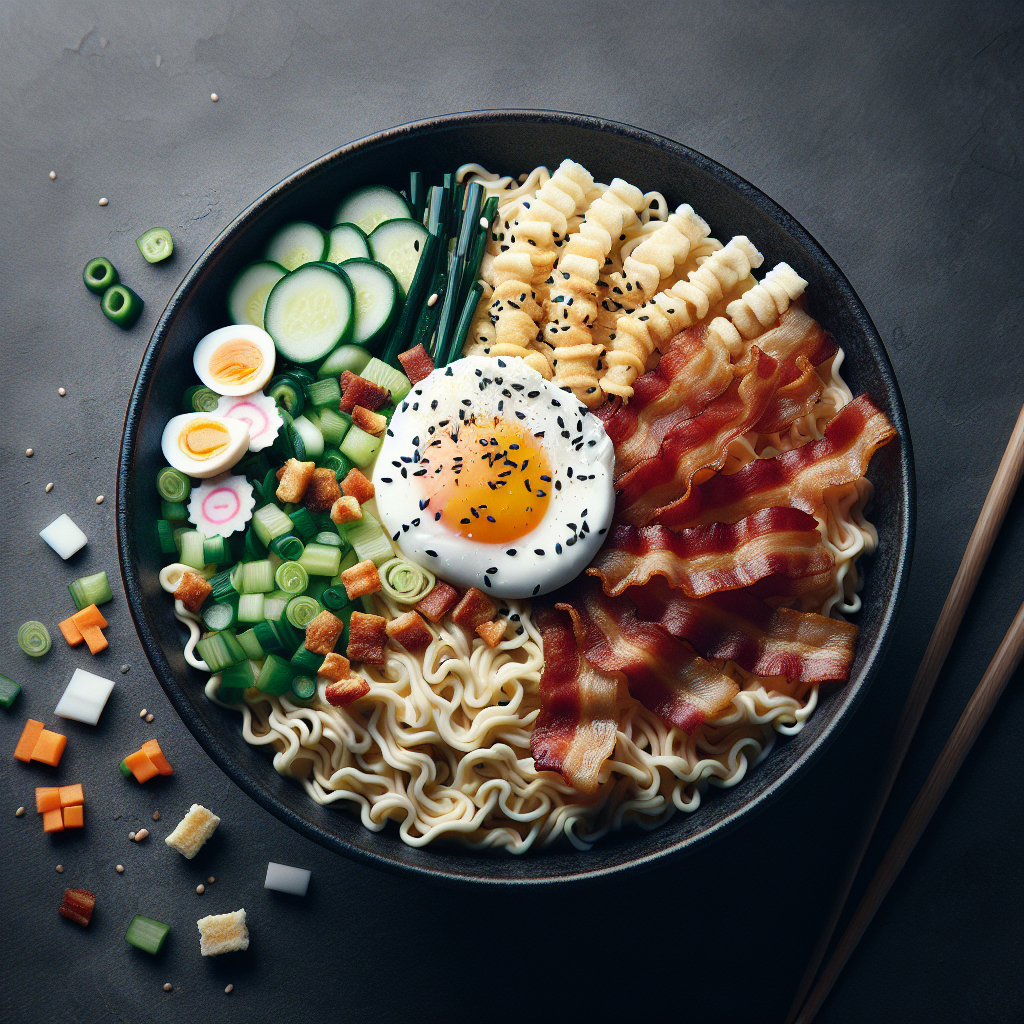
Types of Ramen Noodles
Exploring Different Types of Ramen Noodles
Ramen noodles come in a variety of types, each with its own unique characteristics and flavors. Here are some popular types of ramen noodles:
- Shoyu Ramen: This is a classic ramen variety that features a soy sauce-based broth. It is typically topped with sliced pork, bamboo shoots, green onions, and a soft-boiled egg.
- Miso Ramen: Miso ramen is known for its rich and savory broth made from fermented soybean paste. It is often garnished with corn, bean sprouts, mushrooms, and sliced pork.
- Tonkotsu Ramen: Tonkotsu ramen has a creamy, pork-based broth that is cooked for hours to extract maximum flavor. It is usually served with slices of pork, soft-boiled eggs, and pickled ginger.
- Shio Ramen: Shio ramen has a clear, salty broth seasoned with salt. It is commonly accompanied by seaweed, sliced fish cakes, green onions, and sprouts.
- Tsukemen: Unlike traditional ramen, tsukemen features separate bowls of noodles and soup. The noodles are thicker and chewier, meant to be dipped into a flavorful, concentrated broth.
Traditional Flavors and Ingredients of Each Ramen Type
Each type of ramen noodle has its own traditional flavors and ingredients that contribute to its unique taste profile. Shoyu ramen has a salty and savory taste from the soy sauce-based broth, while miso ramen has a deep umami flavor from the fermented soybean paste.
Tonkotsu ramen is rich and creamy with a distinct pork flavor. Shio ramen has a lighter and more delicate flavor, highlighting the natural saltiness of the broth. Tsukemen is known for its intense and concentrated broth, meant to be savored with the chewy noodles.
The variety of flavors and ingredients in different ramen types allows you to explore the world of ramen and discover your personal favorite.
Shoyu Ramen
Overview and Origin of Shoyu Ramen
Shoyu ramen is one of the most popular and widely recognized types of ramen in Japan. It originated in Tokyo and features a soy sauce-based broth that is both savory and salty.
The broth is typically made by simmering a combination of soy sauce, mirin, and dashi (a Japanese soup stock) to create a rich and flavorful base.
Shoyu ramen is often served with thin noodles, sliced pork (chashu), green onions, bamboo shoots, and a soft-boiled egg. The combination of the umami-packed broth and the various toppings creates a delicious and comforting bowl of ramen.
Traditional Toppings and Seasoning for Shoyu Ramen
Traditional shoyu ramen is typically garnished with various toppings that complement the flavors of the soy sauce-based broth. Some common toppings include sliced chashu pork, which is a tender and flavorful slow-cooked pork belly.
Thinly sliced green onions add a fresh and aromatic element to the bowl. Bamboo shoots provide a crunchy texture and absorb the flavors of the broth. A soft-boiled egg with a slightly runny yolk adds a creamy and rich component.
Some variations of shoyu ramen may also include seaweed, bean sprouts, or corn. To enhance the flavor of shoyu ramen even further, you can add a drizzle of chili oil or sprinkle some sesame seeds on top.
Miso Ramen
Understanding the Unique Characteristics of Miso Ramen
Miso ramen stands out from other ramen types due to its distinctive and robust flavor profile. The broth of miso ramen is made from fermented soybean paste, creating a deep umami taste.
This fermented paste, known as miso, is made by fermenting soybeans with salt and a koji culture. The resulting broth is rich, savory, and often slightly sweet. Miso ramen is commonly served with curly wheat noodles, sliced pork, bean sprouts, corn, and stir-fried vegetables.
The combination of the hearty broth and the varied toppings results in a satisfying and flavorful bowl of ramen.
Popular Toppings and Broths for Miso Ramen
In addition to the traditional toppings like sliced pork, bean sprouts, and corn, miso ramen can be customized with a wide range of ingredients. Some popular additions include sesame seeds, mushrooms, butter, seaweed, and even spicy miso paste for an extra kick.
These toppings add additional layers of flavor and texture to the already delicious miso broth. With its rich and savory taste, miso ramen is a fantastic option for those seeking a satisfying and umami-packed bowl of ramen.
Tsukemen
Understanding the Unique Style of Tsukemen
Tsukemen is a style of ramen that differs from the traditional ramen bowls we are familiar with. In tsukemen, the noodles and soup are served separately. The noodles are typically thicker and chewier to withstand dipping into the concentrated soup.
The soup itself is highly concentrated and packed with flavors like soy sauce, fish stock, and various seasonings. When enjoying tsukemen, you dip the noodles into the soup before eating them, allowing the flavors to evenly coat each strand of noodle.
This style of ramen provides a different dining experience and allows you to explore the flavors of the concentrated broth with every bite.
Creative Ways to Enhance the Flavor of Tsukemen Noodles
Although the concentrated soup of tsukemen is already packed with flavors, you can enhance the overall taste experience by adding various condiments and toppings. Some popular toppings include thinly sliced chashu pork, soft-boiled eggs, green onions, and various pickled vegetables.
You can also experiment with different dipping sauces and condiments like chili oil, vinegar, or sesame paste to create your desired flavor profile. Additionally, adding a dash of citrus like lemon or lime can provide a refreshing contrast to the rich and savory soup.
With tsukemen, you have the freedom to mix and match toppings and flavors according to your taste preference, making it a fun and customizable dining experience.
Happy cooking!


